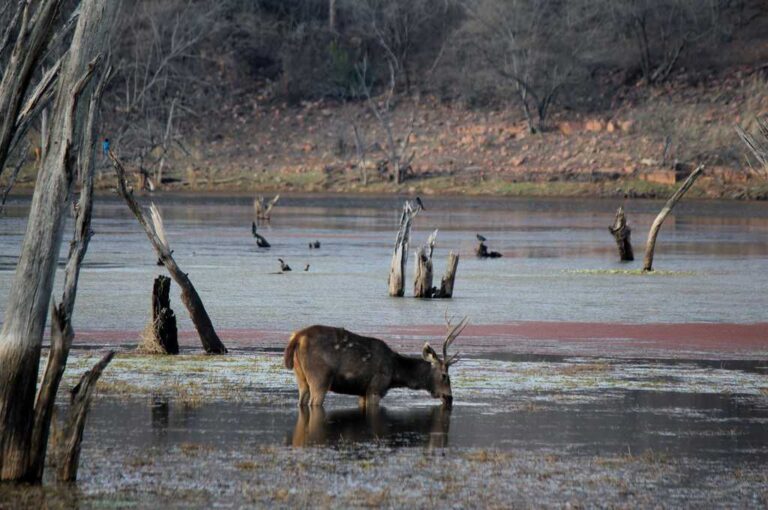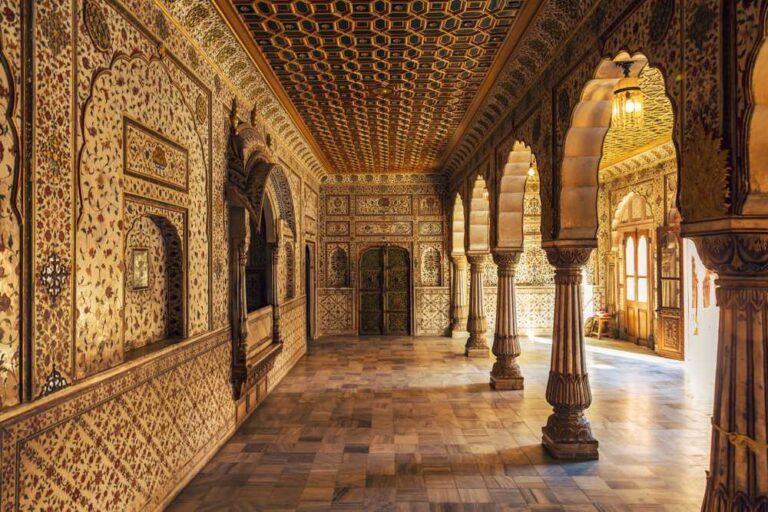Rajasthan, the Land of Kings, is renowned for its stunning forts and palaces that reflect its rich history and royal heritage. Here are the top 10 must-visit forts and palaces in Rajasthan:
- Amber Fort (Amer Fort), Jaipur: This majestic fort, perched on a hill, is a splendid example of Rajput architecture. Don’t miss the Sheesh Mahal, a palace with walls adorned with thousands of tiny mirrors.
- Mehrangarh Fort, Jodhpur: Towering over the Blue City, Mehrangarh Fort offers breathtaking views and houses a museum with an incredible collection of artifacts.
- City Palace, Udaipur: This beautiful palace on the banks of Lake Pichola is a harmonious blend of Rajasthani and Mughal architecture. The City Palace also offers boat rides on the lake.
- Junagarh Fort, Bikaner: A formidable fortress with ornate palaces inside, it’s a hidden gem of Rajasthan.
- Hawa Mahal, Jaipur: Known as the “Palace of Winds,” this unique structure with 953 small windows was designed for royal women to observe street festivities without being seen.
- Jaisalmer Fort: The “Golden Fort” rises from the Thar Desert like a mirage. Explore its narrow lanes, havelis, and enjoy the mesmerizing sunset views.
- Chittorgarh Fort: This massive fort is a symbol of Rajput valor and sacrifice. It’s also the largest fort in India.
- Rani Padmini’s Palace, Chittorgarh: Visit this palace for its reflection pool that’s said to have played a role in a historical legend.
- Kumbhalgarh Fort: Known for its impressively long wall, it’s a UNESCO World Heritage Site. The fort’s architecture and panoramic views are captivating.
- Nahargarh Fort, Jaipur: Perched on the Aravalli Hills, Nahargarh Fort offers a fantastic panorama of Jaipur city and is especially enchanting at sunset.
These forts and palaces offer a glimpse into the opulent history of Rajasthan, making it a must-visit destination for history and architecture enthusiasts.









